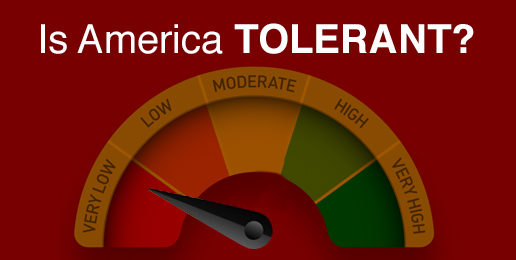
The Merriam-Webster dictionary defines tolerance as: A: “sympathy or indulgence for beliefs or practices differing from or conflicting with one’s own; or B: the act of allowing something: Toleration.”
Modern culture would like for you to believe that America went from an intolerant nation in the 20th Century to a very tolerant one today. In reality, nothing could be further from the truth. Tolerance has come to mean embracing only one point of view, the liberal one. Otherwise one is not tolerant, but intolerant.
If only one viewpoint is allowed there is nothing to tolerate. Tolerance requires disagreement. For example, if my teenage children listened to the music I listened to in high school, I wouldn’t be tolerating their choice, because it’s what I like and might choose myself. True toleration involves my having to politely endure this new stuff, which I really don’t like.
A new poll from the Institute of Politics at Harvard University has found that intolerance is pervasive, particularly in places designed for the examination of ideas. It found that only a third (35 percent) of college students who consider themselves Republican are comfortable sharing their political views. While young Democrats and Republicans are about equally as likely to feel comfortable sharing their beliefs with their friends, Republicans are far less likely to feel comfortable about sharing their beliefs on a college campus.
This fits with a September poll which found that 73 percent of college students who identify as conservative say that they censor their own academic work in order to protect their grades.
An October 2016 poll found that 75 percent of Yale University students agreed that Yale “does not provide a welcoming environment for conservative students to share their opinions on political matters.”
This article was originally published by AFA of Indiana.






























